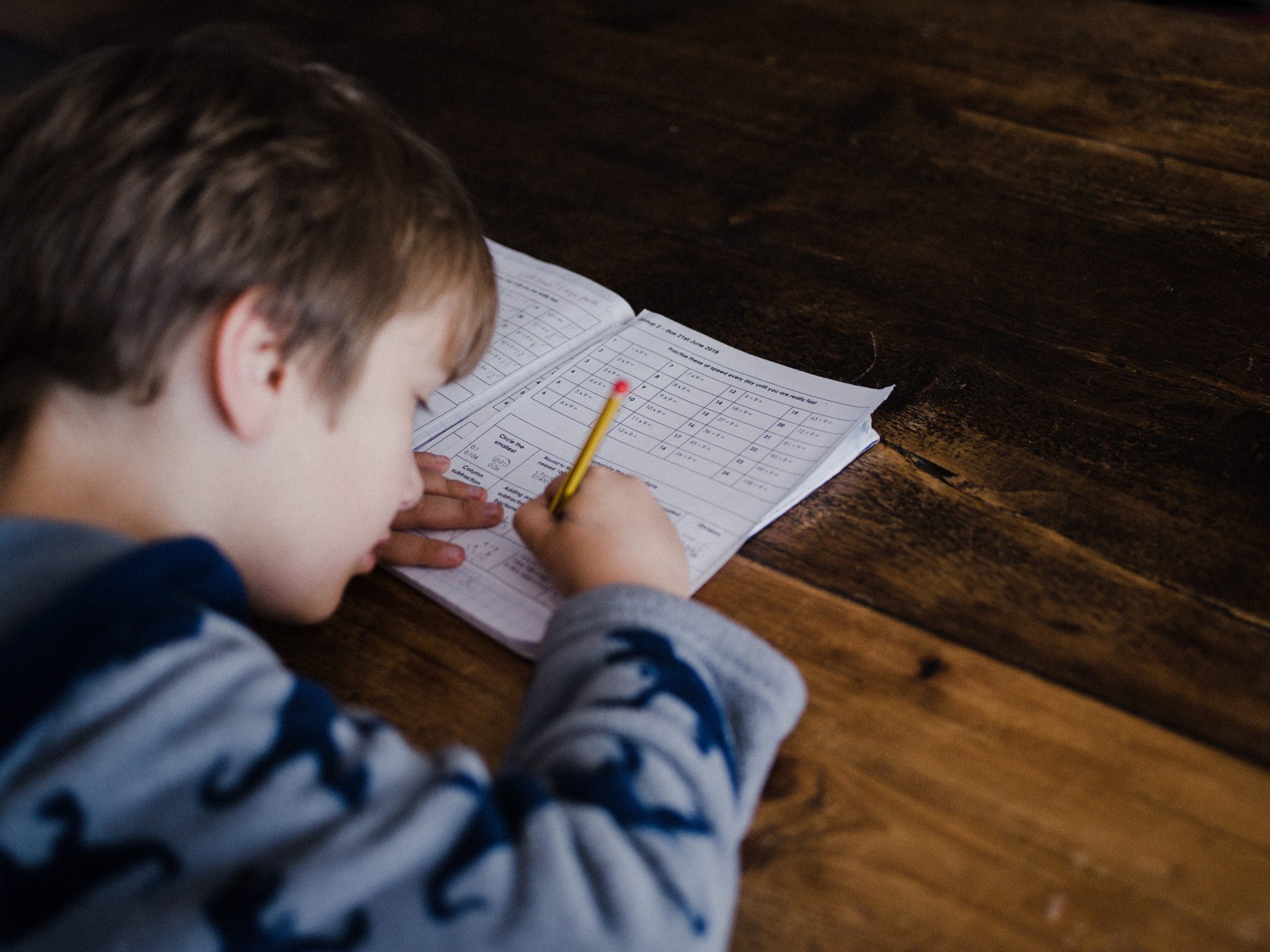Helping your children to keep learning at home could be stressful for you and your kids (primary school aged). Here are some tips to maximise learning without going nuts! (Of course, application will vary depending on how your school is structuring their online learning).
- Check understanding: explain the task to your child, then ask them to explain it back to you to check they understand before expecting them to go ahead. Many kids need instructions that approach a task from different directions (seeing someone have a go, having a go with adult help, verbal instructions with different explanations).
- Do work in short blocks of no more than 30 minutes.The adult attention span is 30 minutes. A typically developing child has an attention span of up to 10 minutes working on their own on non-preferred tasks (that’s why they get so distracted cleaning their rooms). So really, expect to work for about 10 minutes before the kids start making bids for attention or getting distracted. Reset the task for them, or use a token economy to motivate attention.
- Use a visual timer so kids know how long they will have to work until their next break.My favourite apps include Time Timer,Visual Timer, Tico Timer,Best Sand Timer, andVisTimerLite(the last is free). Even using the timer app in your phone’s clock and letting the kids choose the finish sound will do.
- Take a short ‘brain-break’ after 30 minutes.Get a snack, have a wriggle, stand up and change chairs, take a lap around the table. Then get back to it. Some kids will need to do more than get their wriggles and will need a run around – do note that most kids then need a cool down after a run (even a 5 minute run), so perhaps save that for the hour end and then do a ‘together’ activity before settling back down to work.
- After one hour do something fun together!Take a break. Have lunch. Play a game. Read a book. Break up the day. Then get back to it.
- Finish the ‘school day’ at the normal school time. Then the after school activities begin, like cooking together, cleaning, watching telly and play. Maybe even get out for a walk or go to the park (while maintaining safe distances from others).
- Use a visual schedule of the dayso your kids know when ‘school’ starts, when they will have breaks, what activities they will be doing. This manages everyone’s expectations. It also shifts blame to the schedule and away from the parent!
- Consider using a ‘token economy’.When your kids have stayed on task and not become completely distracted (you can choose the level of ‘focussed time’ or task completion that appeals to you) give them a token/sticker/stamp. When they reach 5 stamps (again, set the limit that works for you) they get a break, or a game or a reward. Kids should be earning at least one reward each day. A lot of parents talk to me about concerns that this encourages kids to only do work for reward…that’s why adults turn up for work too, only we get rewarded with money. Vary the use of rewards, go hard for a couple of days and then taper down, then return to them again.
Here is the super simple one that I use in sessions, my clients will usually complete this within the 60 minute session, which means a reward almost every 8 minutes. These can be simply drawn on a piece of paper so you can modify the number of stars needed before reward.

Remember to thank your child’s teachersfor changing their carefully planned curriculum into work that can be administered by parents at home. This isn’t easy! I am sure, after having worked in many schools and with so many caring teachers, that these educators really do want the best for your kids and so for as long as they are able they will be there for you to reach out to. Practicing and modelling gratefulness is a gift to everyone.
Most of all, we hope that this will be a once-in-a-lifetime event. Make it memorable for the best reasons, not the worst.
By Melissa Bourchier, Paediatric Psychologist

